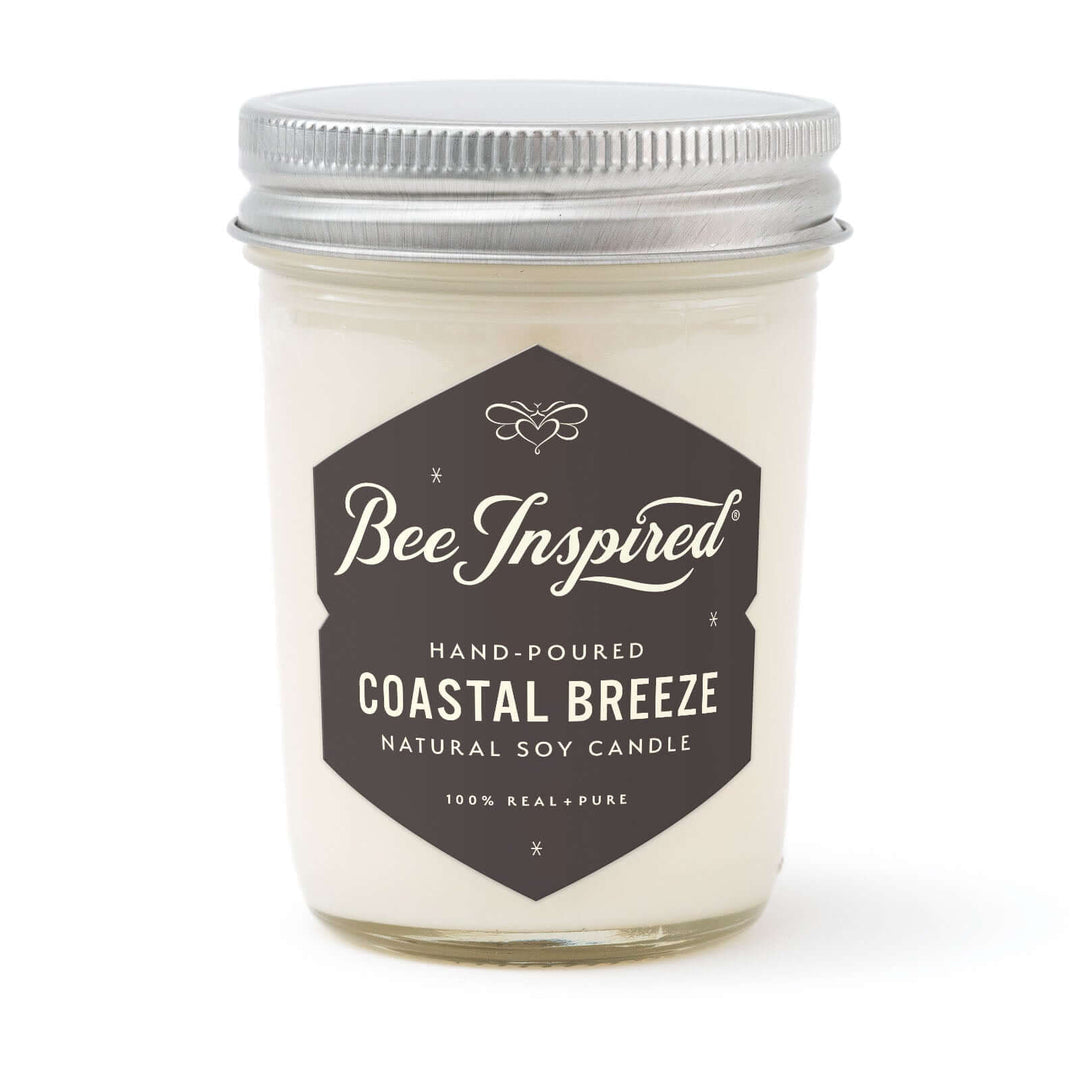I remember setting up hives for the first time like it was yesterday. Ten years ago, before knowing anything about beekeeping I was just about ready to buy a hive starter set online from Mann Lake when I was introduced to Dale Large, who works for “my honey.” Dale has been keeping bees for longer than I am years old. He’s a lovely man who is utterly passionate about his beekeeping hobby.
To do:
- Find beekeeping groups or individuals in your area
- Take a class
- Buy Books
- Determine location for bees
- Order supplies
- Order Bees
- Set up hives
- Feed Bees
- Follow up in 3 weeks
I put together a list of questions for Dale and set up time for an interview.
When I arrived at his office, he rolled out two hives and told me, “This was good to get (me) started.” Dale has been doing this for so long that he set up two hives for me with spare parts.
There was a benefit to using his equipment over purchasing new hives. With new hives, bees must focus on first drawing the comb. Chances are good with new hives, you won’t get honey in the first year.
The first thing I needed to do was find the right spot for the bees.


The criteria are an area:
- not too close to the house
- protected from high wind
- in an area that won't get too much sun (too hot)
- that won’t be disturbed (e.g. by lawn mowers or weeds)
- near water
- near flowering plant material
- facing East or South, (depending on who you talk to)
- that gets morning sunlight (depending on who you talk to)

I found the perfect spot between an old pear and apple orchard and a group of walnut trees on the property that faces the water and the east, where the hive would catch the morning sun. I created a stone bed and covered it with a tarp, then lay another layer of stone. Next, Dale set up the hives, and I documented the process; watch for it in the next blog post, Setting up the Hives (part 2).
I am using The Langstroth Hive, the most common type of honeybee hive in most parts of the world. It has a basic construction that resembles a set of drawers on a stand with a lid. The drawers contain frames and stack just like a chest of drawers. You add more drawers (called supers) as the brood grows.

If you are setting up brand new hives, paint the exterior to protect the wood. Be sure to place your name, address, and phone number in many areas outside and inside of all of the hive parts on new or used hives.
Next post in this series: Setting up the Hives (part 2)











